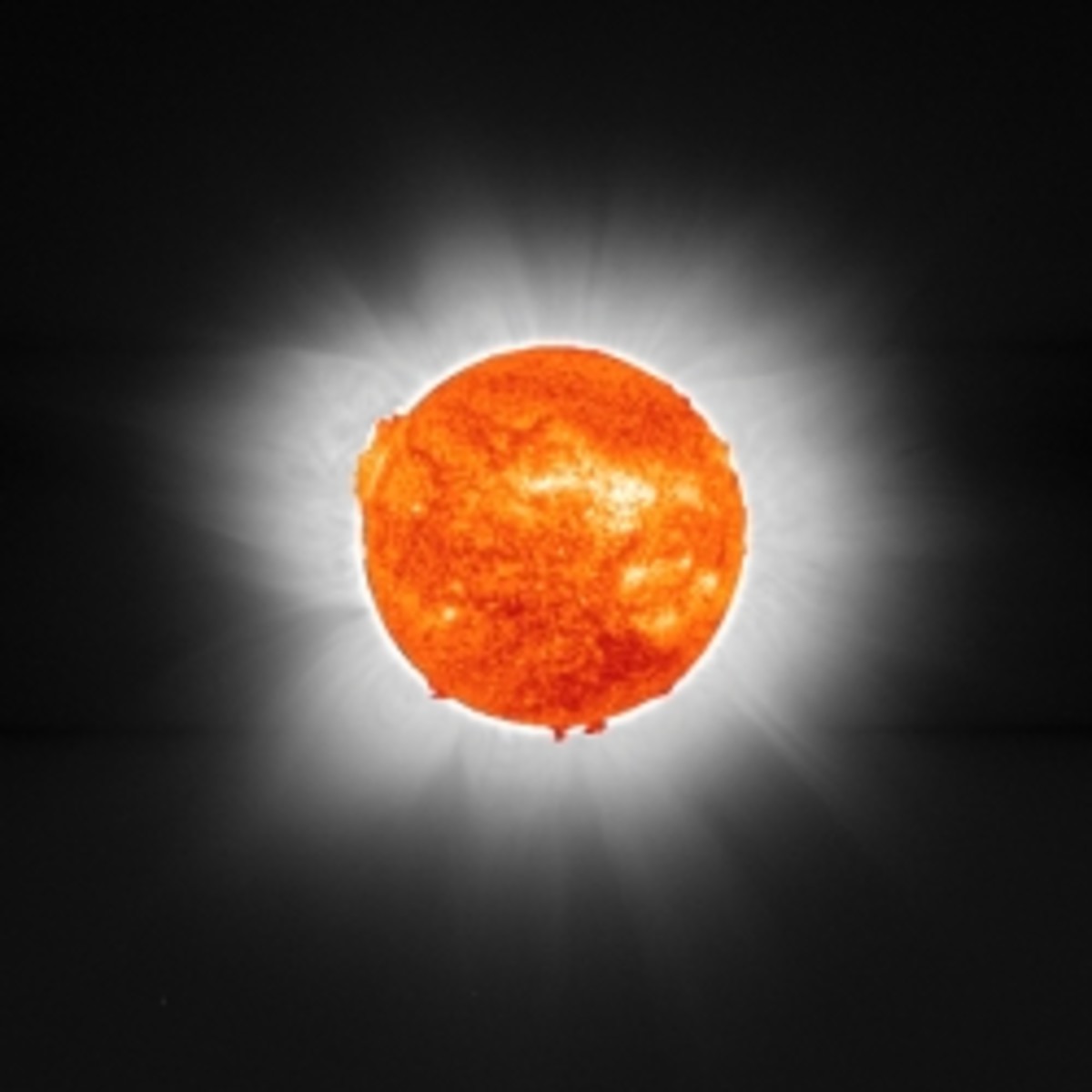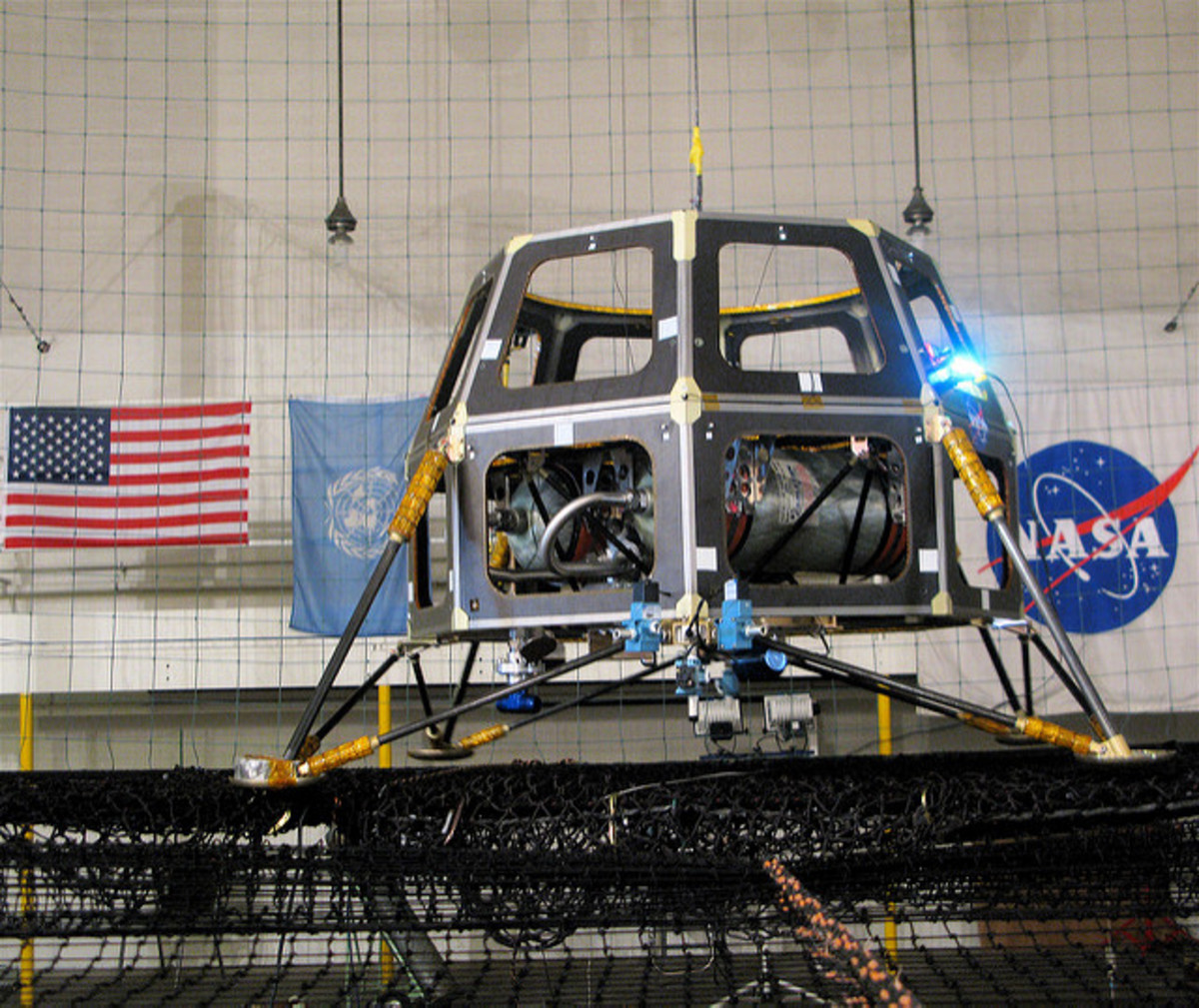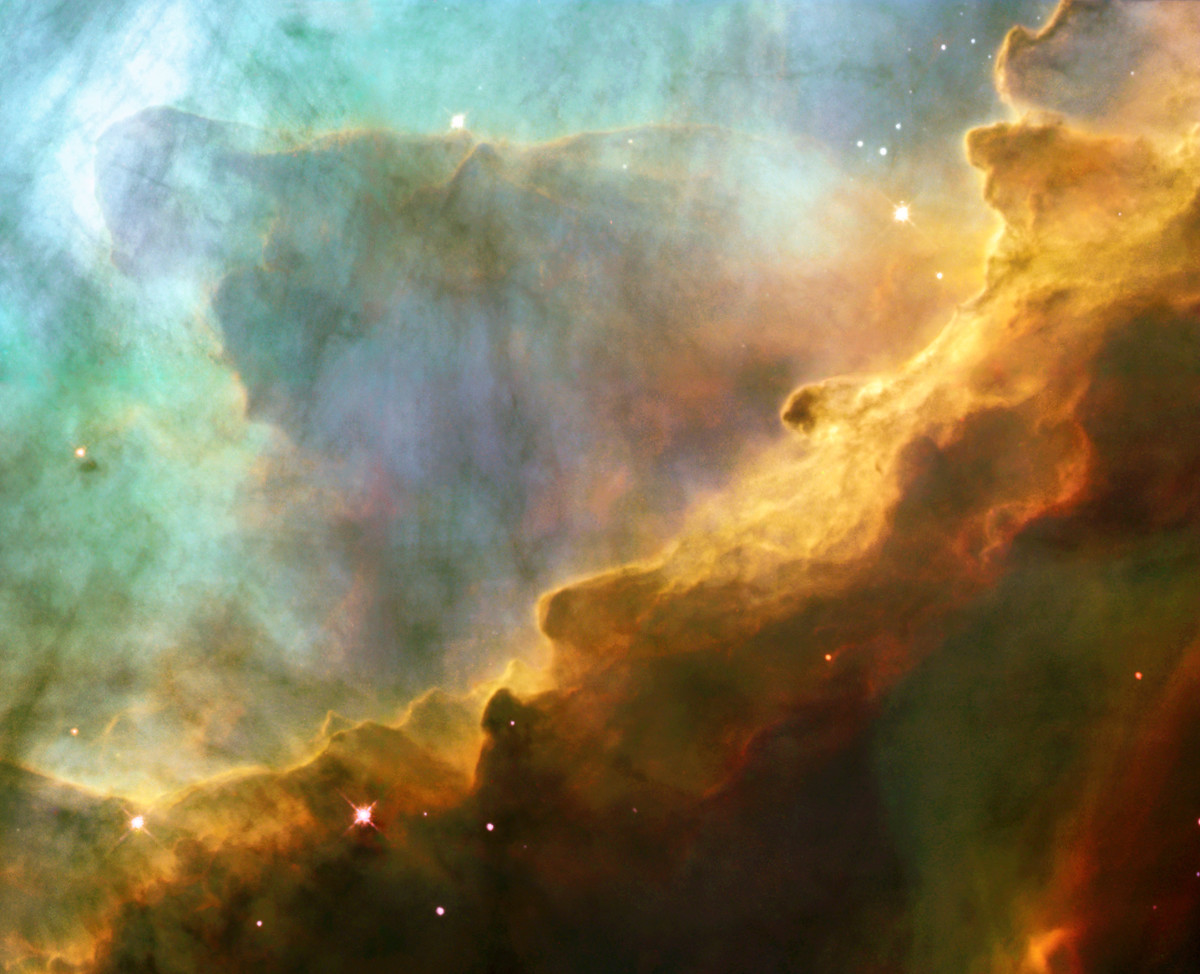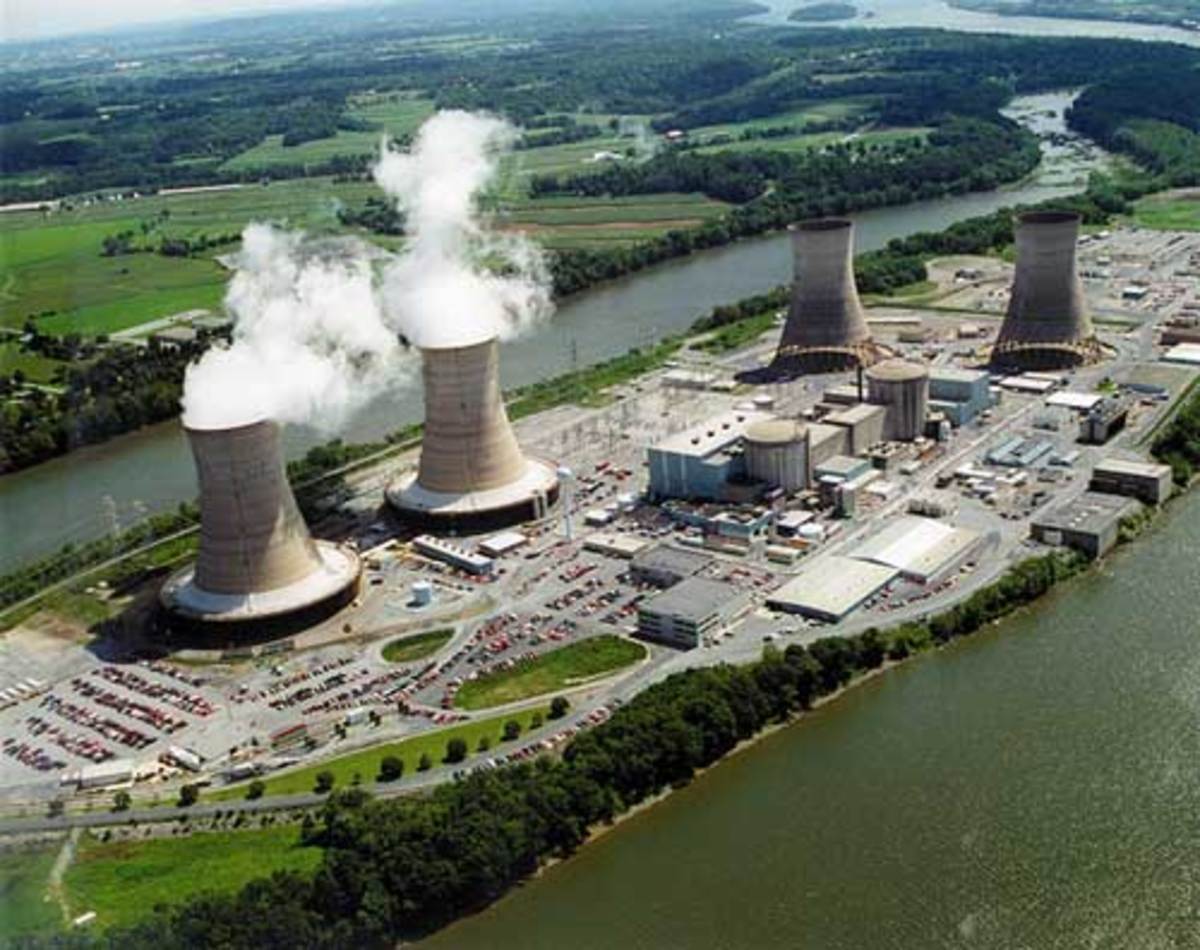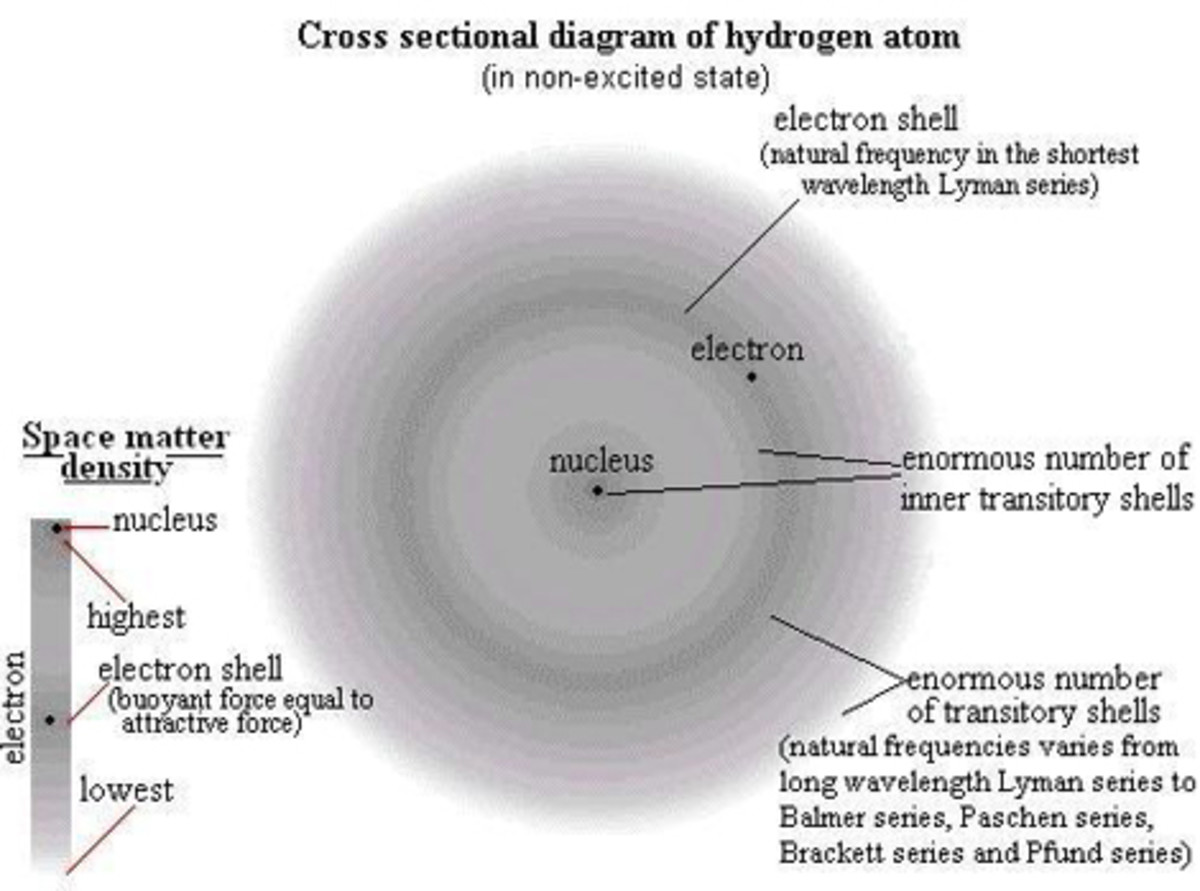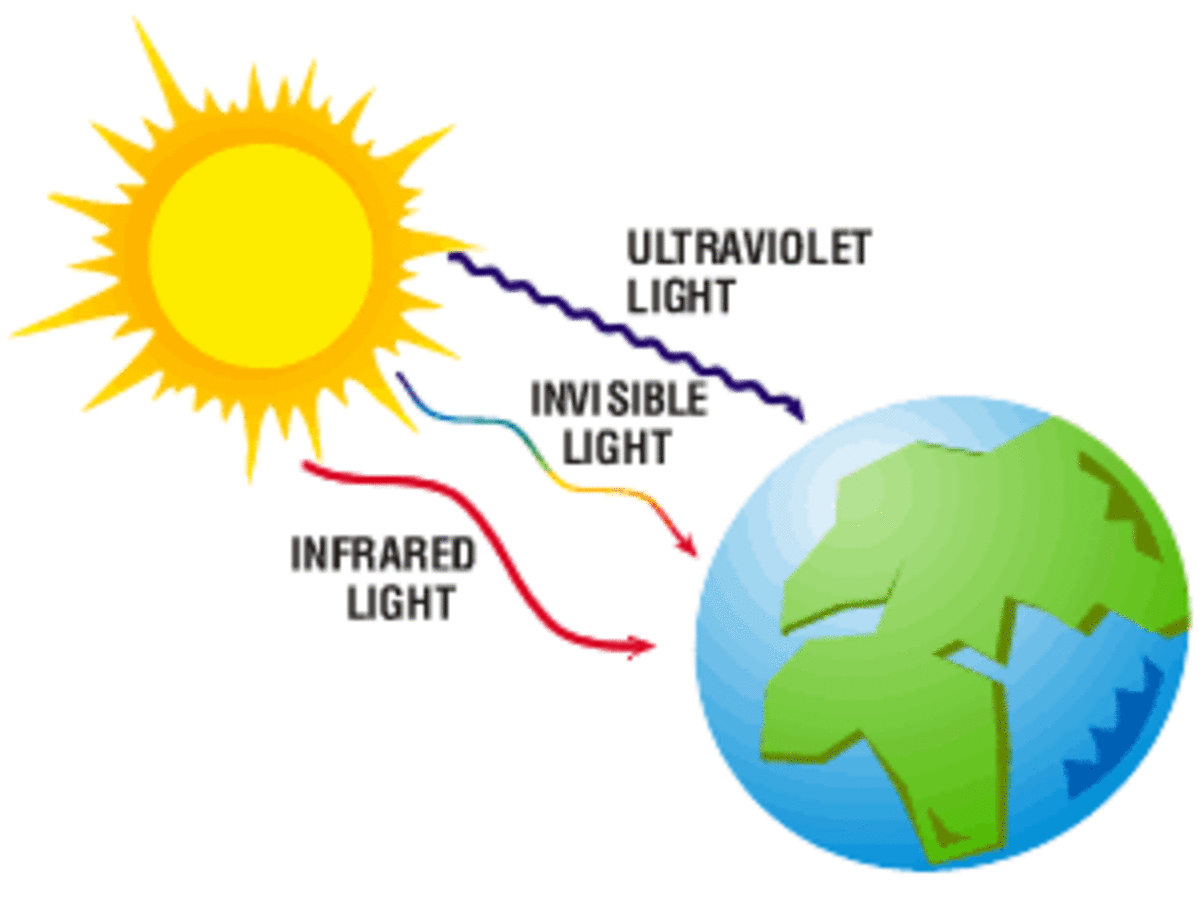Energy from nuclear fusion
There are many ideas about creating a sustained nuclear fusion reaction.
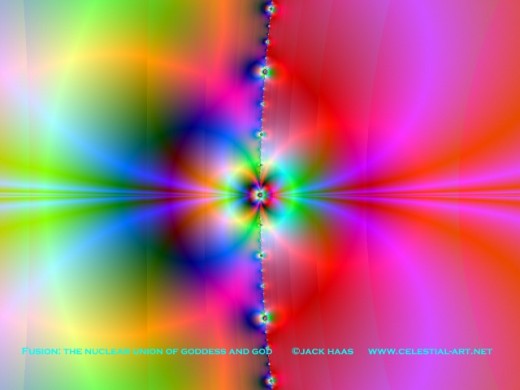
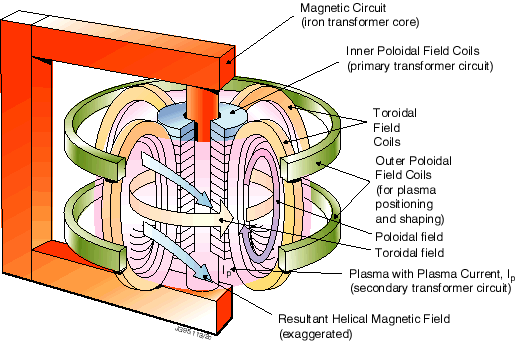
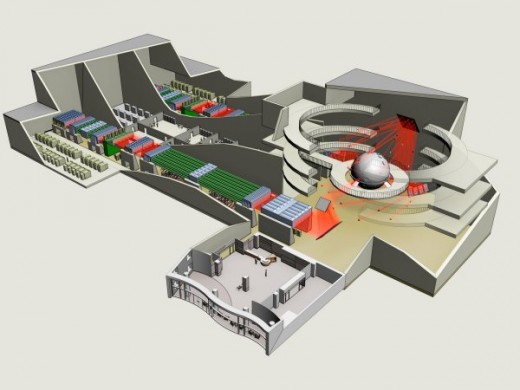
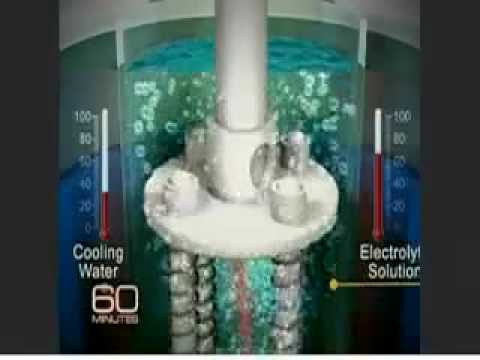
There is an easy way and a hard way to effect nuclear fusion
Fusion occurs naturally in stars and the sun. This is a process that has only been understood clearly since the advent of atomic science in the 20th century. But creating fusion in a continuous and sustained way on Earth is difficult to do and so far has only been done in the context of a hydrogen bomb. The hydrogen bomb began its life in 1948 under the US military command and Mr. Teller. Fusion research outside of the bomb method began in 1951. The hydrogen bomb is basically a multistage device designed to create the prodigious amounts of energy that comes from fusing hydrogen atoms. It is an implosion-explosion-implosion mechanism that uses fissile materials to generate the intense heat and pressure needed to allow for fusion. The basic design of a hydrogen bomb is a three layered affair with highly regulated and nanosecond accuracy conventional high explosives wrapped around a sub-critical mass of uranium 235 or plutonium 239 that is hollow and contains heavy water (D2O) or Deuterium oxide. When detonated, the high explosives crush the fissile material creating a run away chain reaction that results in an atomic explosion. The force of this explosion crushes the Deuterium oxide at high temperatures causing fusion. The fusion thus drives a much more energetic explosion, liberating about two percent of the mass as energy like gamma radiation and extreme heat. It is the extreme heat that we are interested in order to drive conventional turbines. We already use fissile material in nuclear reactors to do just this thing. However, the major draw back to this process is the extremely radioactive and long lasting toxic wastes that are generated from this process. When fission goes wrong we end up with scenarios like Three Mile Island and Chernobyl. The goal has thus been to create energy from fusion, which creates helium and isotopes thereof and large amounts of energy.
Getting energy out of hydrogen is not so easy. Hydrogen is stable and difficult to get energy from, whereas uranium and plutonium are unstable and give up energy readily. In order to fuse atoms and get the energy out requires a huge energy and pressures far in excess of what we normally work with as input to start a reaction. To sustain it means that the temperature and pressures must also be sustained. Historically there have been a number of approaches, some of which evolved from early atom smashers and particle accelerators. The two main approaches have been magnetic confinement such as in the Tokomak and laser implosion methods in the more contemporary designs. Tokomaks use a strong magnetic field to contain charged and highly heated plasma of either deuterium or tritium in a bid to generate a fusion release of energy when these atoms fuse to make helium. Neither of these methods has either reached the initial temperatures nor has attained a sustained reaction. So far only two methods have achieved the temperatures and pressures required; the particle accelerators and the atomic bomb. The drawbacks of these methods are energetic neutrons that escape the reactor vessel an present a radiation risk.
There is a new idea that has arisen and that is to use an isotope of helium, i.e., helium 3, which has two protons and one neutron. Stable helium has two protons and two neutrons. There are two tricks to achieve such fusion, which is easier to achieve than with deuterium, an isotope of hydrogen with one proton and two neutrons. Trick number one is a source of neutrons, which is actually not that difficult to find and exploit. Trick number two is a ready supply of helium 3, which unfortunately is extremely rare on Earth. In fact, the few hundred pounds of the stuff ever found on Earth is mostly the by product of other nuclear processes. Helium 3 however is abundant in space and this is thought to be the result of constant bombardment of helium 4 by solar protons and neutrons. As a result, some of the existing helium has a neutron kicked out in energetic reactions, such as during a Coronal Mass Ejection event from the sun that releases energetic particles capable of doing similar things as we see in particle accelerators. Also, it is though that the sun ejects a lot of helium 3 in the solar wind and this gets deposited over long times and collects in places like the moon and asteroids. Free helium in space thus comes in two forms and the rarer one; helium 3 is much more abundant in space. Helium 3 fusion has another couple of benefits. Little harmful radiation is released and the by products are neither radioactive, nor toxic. Thus Helium 3 is the choice of fusible materials that are available. Though the energy output of a helium 3-neutron fusion is less than fusing two deuterium particles, it is still substantial enough to pursue.
On earth, we take helium 3, add deuterium and fuse these together and wind up with helium 4, a proton or a simple hydrogen ion and energy. Deuterium we have in abundance, but only a tiny amount of helium 3. Thus there is a building interest in space mining for the stuff. But before we go charging off in all directions at once, we need to attain a sustainable reaction here on earth to prove the viability of such a process and so far, we have a theory and a goal, but no sustained reaction. Some think that it is now just a matter of time. When a sustained helium 3 deuterium reaction is achieved, then we can consider space mining helium 3. As it stands presently, we do have enough on hand to run a reactor for several years with an output to power the city the size of New York for the duration. This should be sufficient for the initial experiments and test phase of the project. By that time, our space faring capabilities will have also improved.
To easily achieve fusion reaction will then be something that is either done in outer space, using a solar collector coupled with an advanced solar powered tokomak to generate the heat required to fuse an abundant supply of helium 3. The other item, neutrons, is abundant enough and constantly pour out from the sun. To gather helium 3 from the various regions in space and bring it to Earth and then place this in a fusion environment is a prohibitively expensive venture. It means launching into space, hunting down the helium 3, which is not known for certain where it exists in quantity, refining and gathering up large amounts of it and then shuttling it back to earth. Some scientists think that there are large amounts of helium 3 trapped in the regolith of the moon. Thus, if we are going to hunt for it in space, leave it there and generate the power in space to beam down to earth via Masers and turn that into usable electricity. Alternatively, fusion such as this will be perfect for off world ventures and will power man to the rest of the solar system.
Helium 3 sources of energy may not even be necessary as there are other sources of energy available in space for the harvesting and use.

